How Davis Fellow Nami Bolat (C’25) Tracked a Cult-Like Group of Artists Across Three Continents
In the waning days of the 19th century, a cult-like group of post-impressionist painters formed a secretive brotherhood in Paris called the Nabis. The artists were drawn together by a shared disdain for representational art and a communal longing to unlock the secrets of the so-called “Orient.”
Nami Bolat (C’25), who is double majoring in French and theology and religious studies and minoring in Japanese, spent the past few months researching the Nabis. Bolat spent the summer on a Davis Fellowship, digging through the lives, beliefs and paintings that the Nabis left behind, first in the United States, then in Japan and, finally, in France.
For Bolat, who has been fascinated by artists of the period since high school, the flow of religious and philosophical ideas from East to West, drew her to the project.
“I have always been abstractly interested in the interplay between the East and West, especially when it comes to spirituality and religion,” explained Bolat. “Time and time again, it seems like the West has looked to the East for inspiration that they can’t seem to find in their own religions.”
Uncovering the Nabis
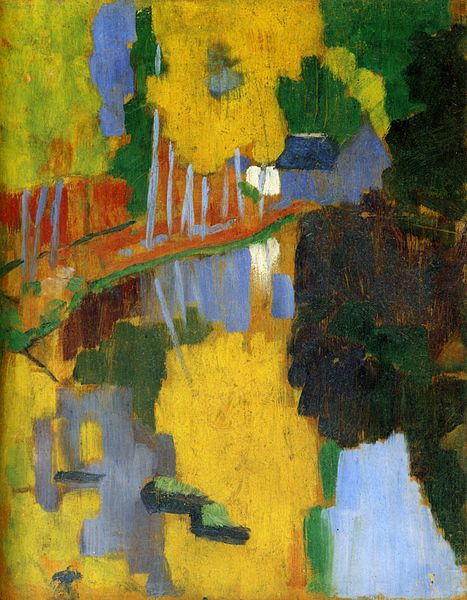
Paul Sérusier’s Le Talisman (1888), the first Nabi piece.
The name that the group took, Nabis, comes from the Hebrew word Nebiim, meaning a prophet, enlightened one or seer.
“The name was coined by the poet Henri Cazali,” said Bolat. “He noticed a similarity between the way the brotherhood of painters sought to revitalize painting and the way the ancient projects had restored Israel.”
The name, and the additional mystical and philosophical trappings of a secret society, stuck. For the Nabis, the ancient prophets of Israel were just one part of a vast network of holy men whose teachings they wanted to uncover and digest.
“Many of the artists were fascinated by occultism, esotericism and Theosophy,” said Bolat. “Theosophy claimed to be a synthesis of all world religions, a movement that sought the ‘ultimate truth’ expressed by all religions and world views that was very popular in the period amidst a rapidly secularizing France and ever-increasing global communication and exchange.”
According to Bolat, the Nabis, though secluded by choice, were emblematic of a larger cultural trend, wherein Western thinkers and artists dabbled broadly, sucking in philosophical and religious ideas from the East.
In her research, Bolat documents how the Nabis were importing more than just a piecemeal assembly of religious ideology, but were also drawing on Japanese art, including ukiyo-e, a genre that flourished in the 17th and 18th centuries and which was popular in Paris at the time.
“Japanese ukiyo-e woodblock prints had a profound and instantaneous impact on European artists,” said Bolat. “It rose in popularity as Western art of the mid-nineteenth century struck an impasse, ensnared by naturalism and sterile academicism.”
The synthesis studied by Bolat traveled along ideological, religious and artistic avenues. By traveling to Paris and Tokyo, she was able to directly examine artwork from prominent members of the Nabis, including Paul-Élie Ranson, Paul Sérusier, and Maurice Denis.
“My research has uncovered that Theosophy seems to have been the most prominent religious influence on the group while the Japanese influence was mostly an aesthetic one,” said Bolat. “Theosophy’s attempts to amalgamate or find commonalities between all religions and world views are fascinating, a bit frightening and another example of how the West interacted and continues to interact with the East, both positively and negatively, on the spiritual and religious plane.
The World as a Classroom
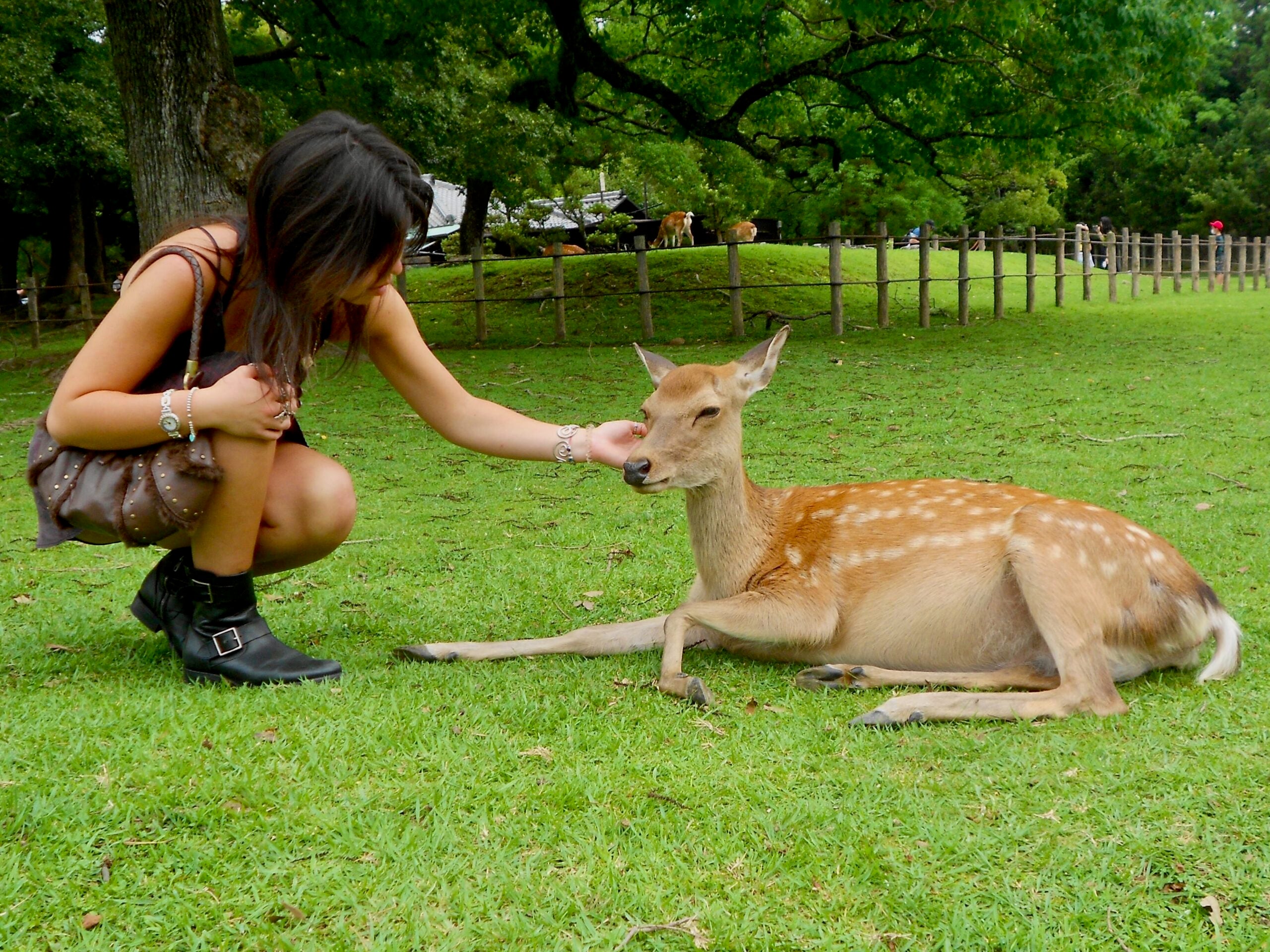
Nami Bolat (C’25) interacting with a friendly doe during her time in Japan.
Bolat’s travels and research were funded through a Royden B. Davis Fellowship. Every year, the College of Arts & Sciences awards undergraduate students fellowships between $1,000 and $5,000 to explore “transformative educational experiences.”
Given in honor of Fr. Davis, Dean of the College of Arts & Sciences from 1966 to 1989, the fellowship empowers students to pursue avenues of interest that extend beyond the boundaries of the classroom, encouraging the curiosity that is at the heart of a liberal arts education.
“In any situation, one should always leave room for the unexpected and the unseen,” Fr. Davis said in a 1985 commencement address. “In order to do this, we must employ the imagination… One gains through the imagination a freedom of action, and ability to be ready for fresh choices.”
For Bolat, her summer experience not only expanded her horizons, but allowed her to connect her personal identity, interests and area of study. Bolat, who has relatives in France and Japan, was able to reconnect with family while studying the Nabis.
“I began my travels afraid I was about to face a tremendously lonely journey, worried that my subpar Japanese wouldn’t be enough to feel close to the family I’ve left behind there, worried to be all alone wandering around Paris,” said Bolat. “I was proven completely and utterly wrong.”
Anne O’Neil Henry, an associate professor in the Department of French and Francophone Studies, sponsored Bolat’s research and mentored her throughout the process.
“Nami’s project is an exciting and interdisciplinary one that has allowed her to combine all of her academic areas of interest in important and wide-ranging ways,” said O’Neil-Henry. “Using her Japanese and French language skills, Nami was able to access different international archives and museums and in the process discover connections among history, art history, culture and religion.”
Throughout her travels and archival research at home, Bolat was able to better understand the Nabis and herself.
“Every single day brought something new and exciting,” said Bolat. “Even during the month before I left, I was immersed in research and there were so many times when my jaw was on the floor at what I was reading.”
-by Hayden Frye (C’17)
Related Stories
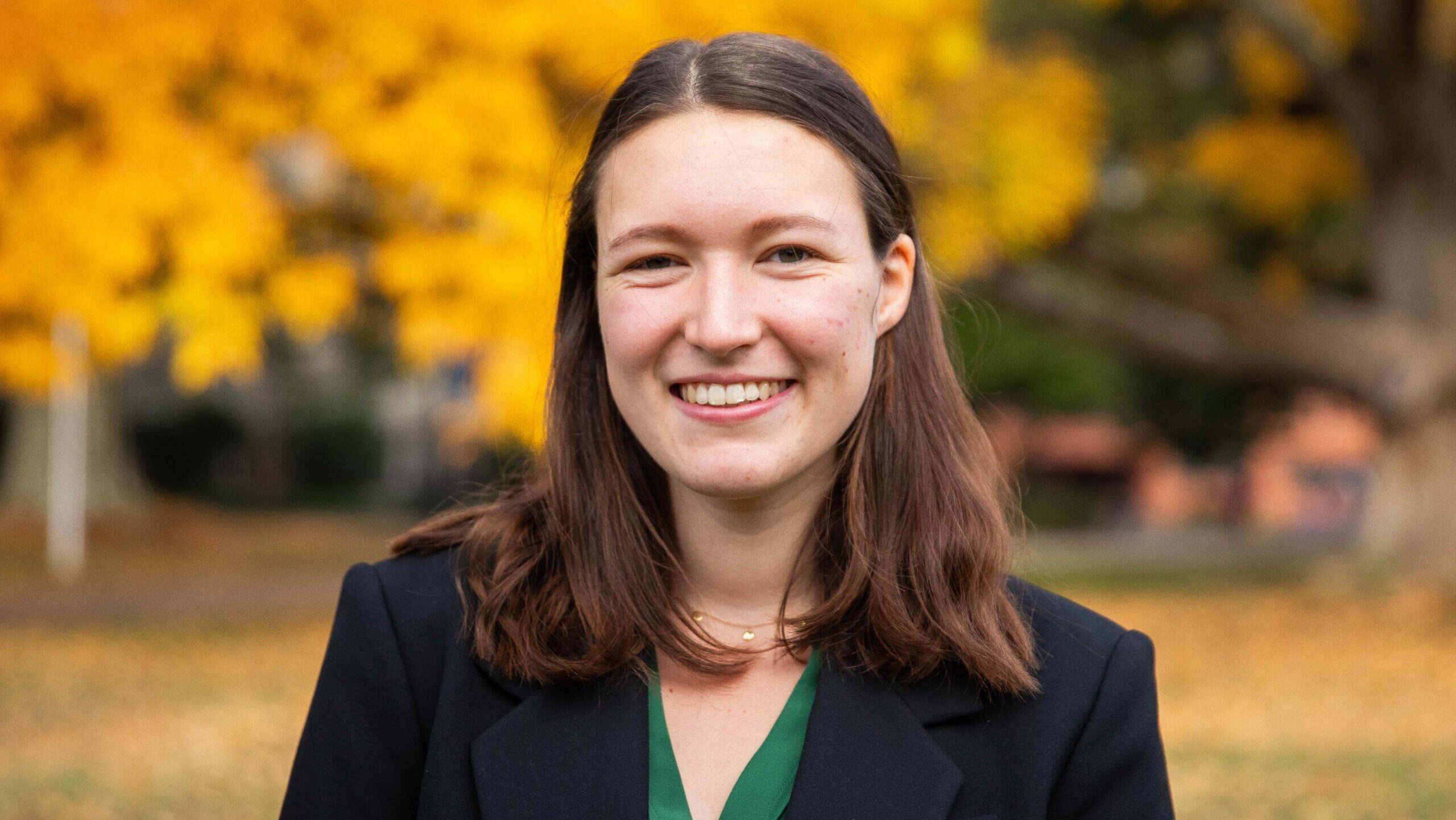
News Story
Researcher and writer Naomi Greenberg (C’24) is one of five Hoyas to be named a 2024 Marshall Scholar
December 11, 2023
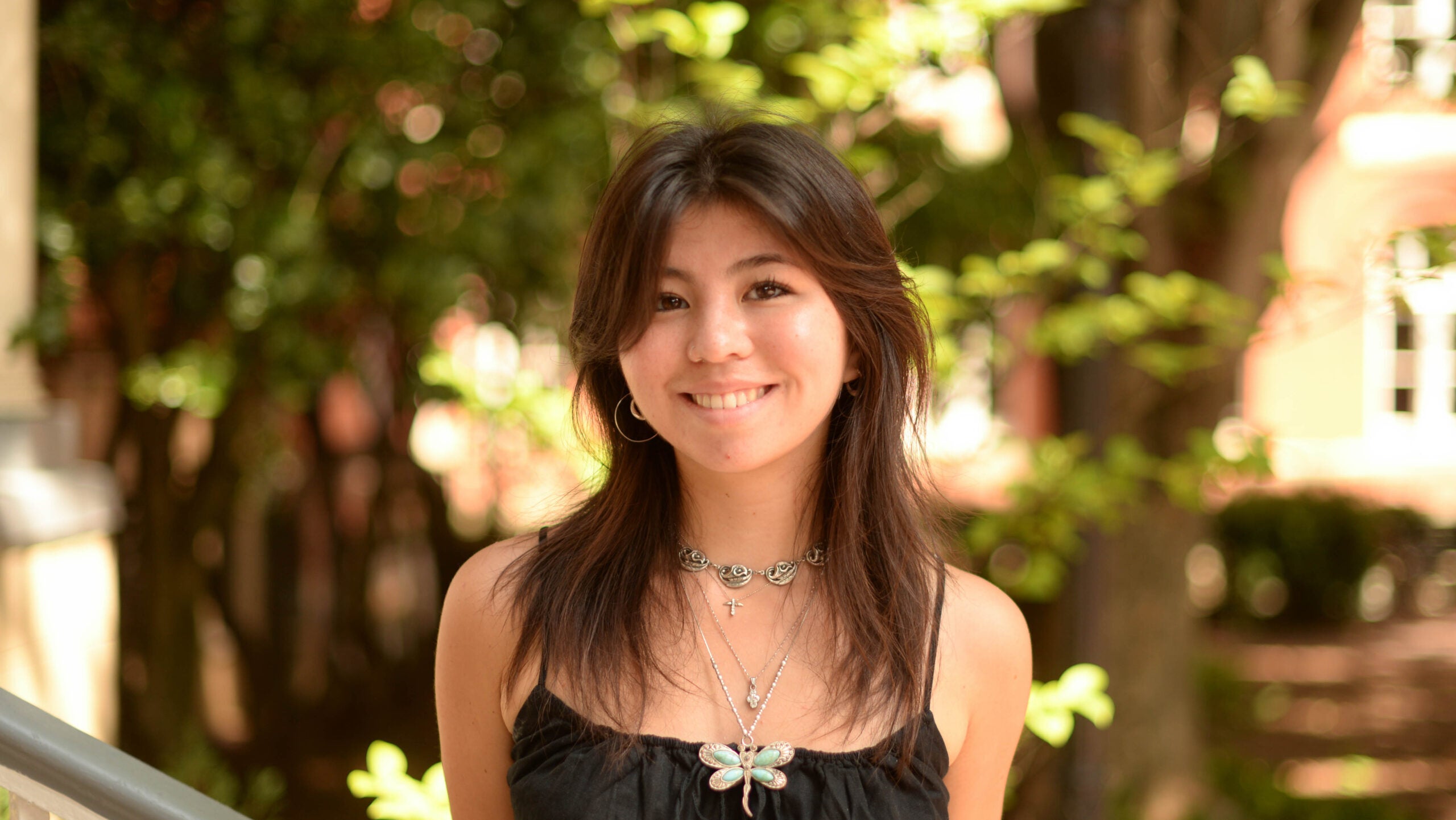
News Story
How Davis Fellow Nami Bolat (C’25) Tracked a Cult-Like Group of Artists Across Three Continents
In the waning days of the 19th century, a cult-like group of post-impressionist painters formed a secretive brotherhood in Paris called the Nabis
August 25, 2023
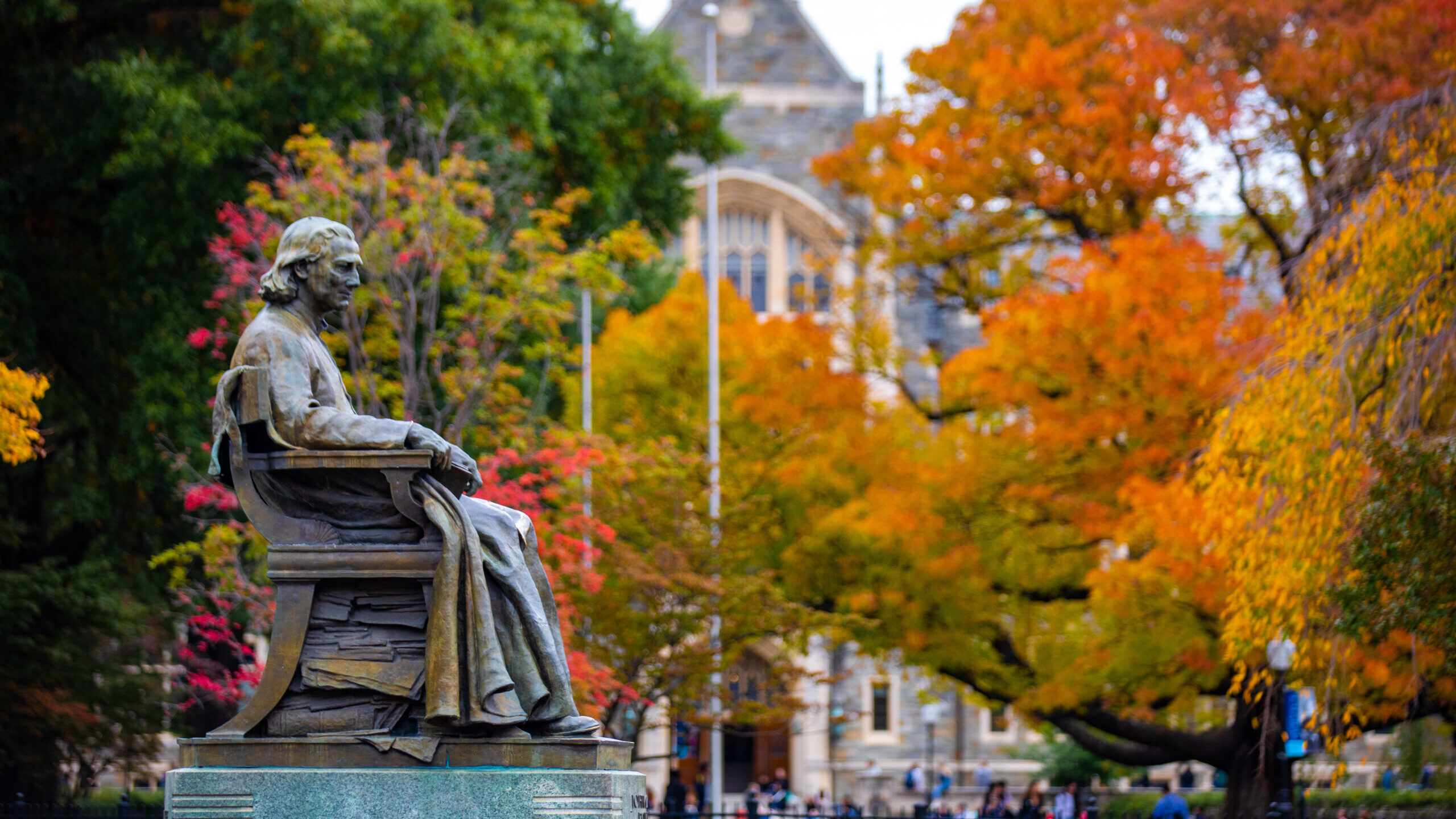
News Story
Royden B. Davis Fellowship Empowers Students to Explore New Horizons
Every summer, the Royden B. Davis Fellowship empowers undergraduate students in the Georgetown College of Arts & Sciences to explore new horizons.
November 14, 2022